Chaperone-mediated autophagy prevents collapse of the neuronal metastable proteome
- PMID: 33891876
- PMCID: PMC8152331
- DOI: 10.1016/j.cell.2021.03.048
Chaperone-mediated autophagy prevents collapse of the neuronal metastable proteome
Abstract
Components of the proteostasis network malfunction in aging, and reduced protein quality control in neurons has been proposed to promote neurodegeneration. Here, we investigate the role of chaperone-mediated autophagy (CMA), a selective autophagy shown to degrade neurodegeneration-related proteins, in neuronal proteostasis. Using mouse models with systemic and neuronal-specific CMA blockage, we demonstrate that loss of neuronal CMA leads to altered neuronal function, selective changes in the neuronal metastable proteome, and proteotoxicity, all reminiscent of brain aging. Imposing CMA loss on a mouse model of Alzheimer's disease (AD) has synergistic negative effects on the proteome at risk of aggregation, thus increasing neuronal disease vulnerability and accelerating disease progression. Conversely, chemical enhancement of CMA ameliorates pathology in two different AD experimental mouse models. We conclude that functional CMA is essential for neuronal proteostasis through the maintenance of a subset of the proteome with a higher risk of misfolding than the general proteome.
Keywords: Alzheimer’s disease; aging; chaperones; chemical activators of autophagy; lysosomes; neurodegeneration; protein aggregation; proteotoxicity; supersaturated proteome; tau.
Copyright © 2021 Elsevier Inc. All rights reserved.
Conflict of interest statement
Declaration of interests A.M.C. and E.G. are cofounders and scientific advisors for Life Biosciences. A.M.C. consults for Generian Pharmaceuticals and Cognition Therapeutics. N.J.K. consults for Maze Therapeutics and Interline Therapeutics, received research support from Vir Biotechnology and F. Hoffmann-La Roche, and is a shareholder of Tenaya Therapeutics. The remaining authors declare no competing interests. CA compound is under US patent US9512092 (E.G., A.M.C., and Q.X.).
Figures
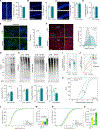
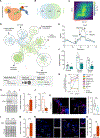
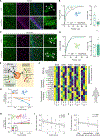
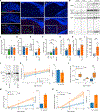
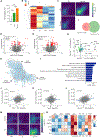
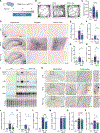
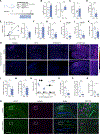
References
-
- Aniento F, Roche E, Cuervo AM, and Knecht E (1993). Uptake and degradation of glyceraldehyde-3-phosphate dehydrogenase by rat liver lysosomes. J. Biol. Chem. 268, 10463–10470. - PubMed
Publication types
MeSH terms
Substances
Grants and funding
LinkOut - more resources
Full Text Sources
Other Literature Sources
Medical
Molecular Biology Databases

